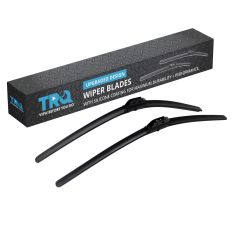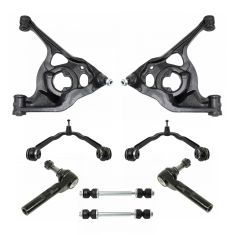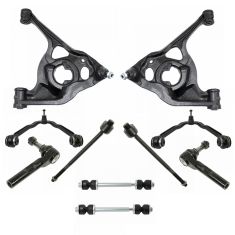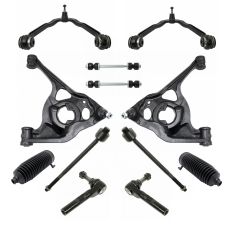1ASFK08355-Chevrolet GMC Front 12 Piece Steering & Suspension Kit TRQ PSA60119

















Replaces
2012 GMC Savana 1500 Van All Wheel Drive Front 12 Piece Steering & Suspension Kit TRQ PSA60119









Recommended for your 2012 GMC Savana 1500 Van
Product Reviews
Loading reviews
Customer Q&A
No questions have been asked about this item.
GMC is a registered trademark of General Motors Company. 1A Auto is not affiliated with or sponsored by GMC or General Motors Company.
See all trademarks.












